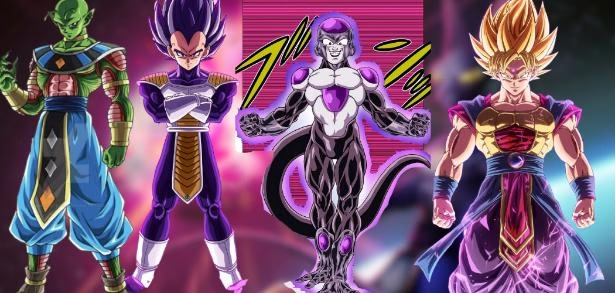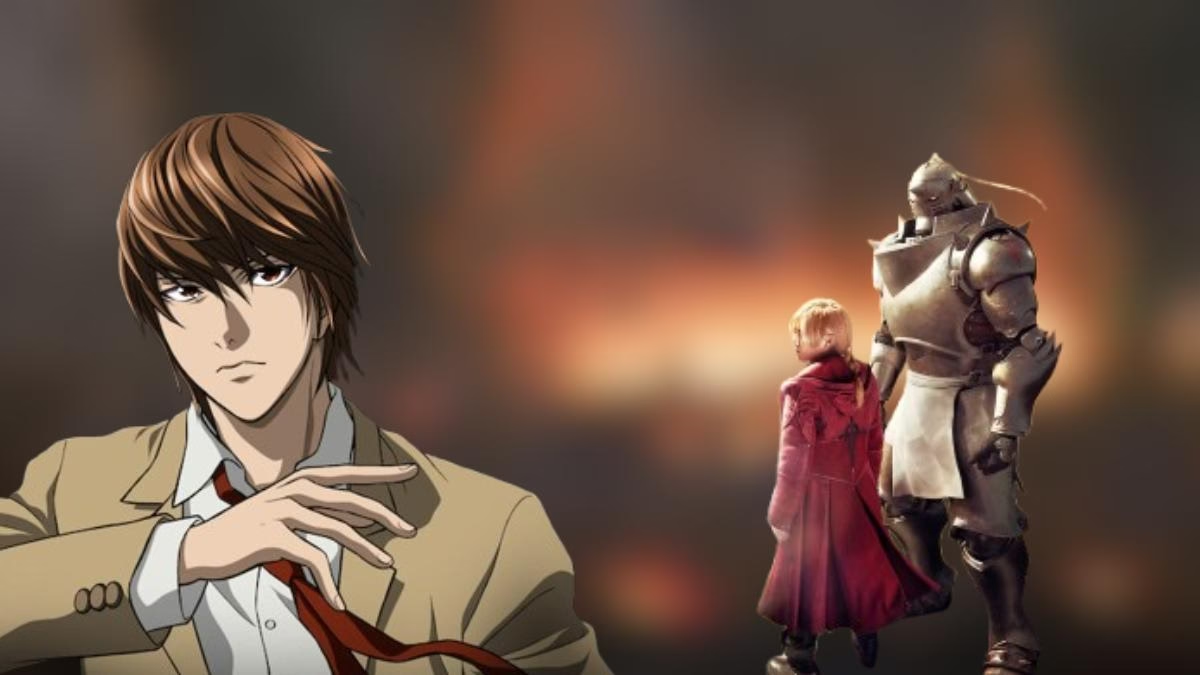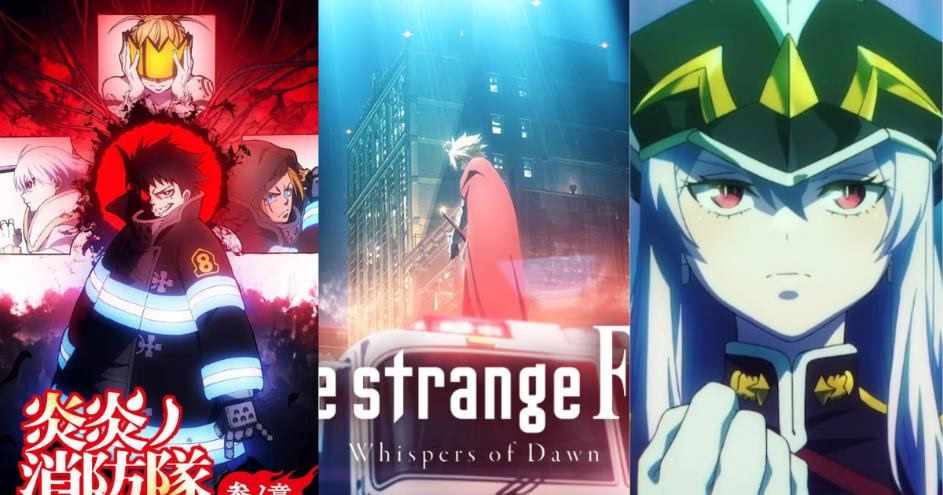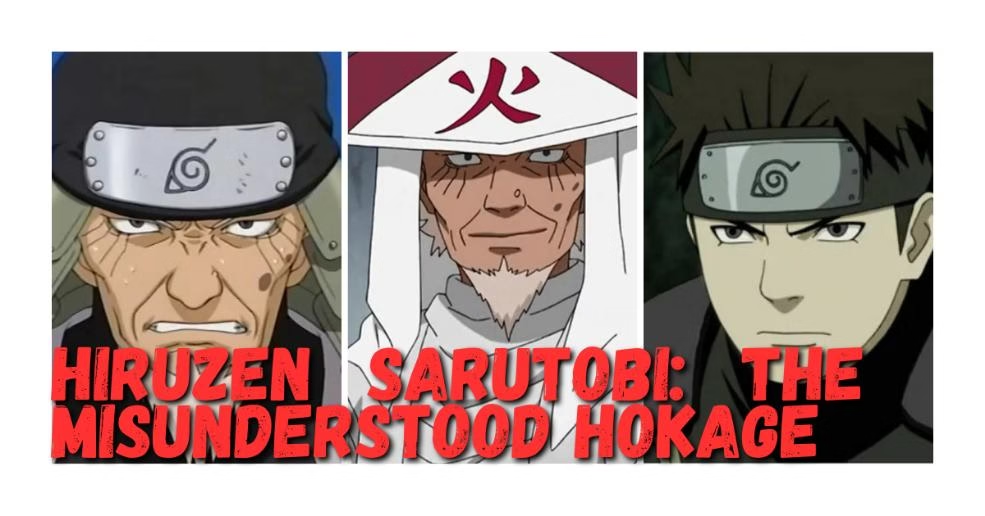Hello anime fans, welcome back to AniWorldTV! Today we’re going to look at the different types of anime. You’ve probably heard of formats like TV, Original, and OVA. Most people are familiar with TV and Original anime, but what about OVAs? So, this article is an anime guide for beginners.
We’ll also cover another topic that many of you asked about in our feedback form.
So, let’s dive right in and explore the fascinating details! Today, we’ll be discussing:
Topic Of articles
- What is Anime OVA?
- What are Anime Genres?
- What are Anime Conventions?
- What are Anime Main Characters?
- What Can Anime Do To You?
I hope you find this exploration insightful!
01. What is Anime OVA?
OVA stands for Original Video Animation. Think of them as special episodes or mini-series that bypass traditional television or theatrical releases and are instead made directly for home video (like DVDs and Blu-rays) or sometimes for online distribution.
OVAs often feature high-quality animation and can provide additional content that expands on the main series, explores side stories, or even offers alternative takes on the original narrative. They’re a fantastic way for fans to enjoy more of their favorite anime in unique and often more detailed formats.
For example, One Piece has several OVAs that offer standalone stories or delve deeper into character backstories.
02. What are Anime Genres?
Just like movies and TV series, anime comes in a wide variety of categories, which we call genres. While anime shares some genres with mainstream media like drama, horror, and action, it also boasts several unique and highly popular categories:
- Shonen (少年): Primarily targeting young boys, shonen anime typically focuses on action, adventure, and the power of friendship. Iconic examples include “Naruto” and “Dragon Ball”.
- Shojo (少女): Aimed at young girls, shojo often features themes of romance and personal growth, as seen in “Sailor Moon” and “Fruits Basket”.
- Seinen (青年): Targeting adult men, seinen anime often features more mature content and complex plots, such as “Attack on Titan” and “Death Note”.
- Josei (女性): Aimed at adult women, josei often explores more realistic romance and everyday life issues, for example, “Nana” and “Usagi Drop”.
- Isekai (異世界): In isekai anime, characters are typically transported to another fantasy world, often gaining superpowers or magical skills. Popular examples include “Re:Zero” and “That Time I Got Reincarnated as a Slime”.
- Mecha (メカ): This genre revolves around giant robots and advanced technology, as seen in “Neon Genesis Evangelion” and “Darling in the FranXX”.
03. What are Anime Conventions?
Anime conventions are vibrant gatherings where fans come together to celebrate their passion for anime, manga, characters, and anime culture as a whole. These events are a fantastic way to connect with fellow enthusiasts and experience the community firsthand.
Here are some common features of anime conventions:
- Cosplay: Fans dress up as their favorite characters from anime, manga, and video games. Sometimes, anime franchises and manga artists even sponsor cosplayers to enhance their panels.
- Panels and Workshops: Attendees can learn from industry professionals, manga artists, voice actors, and fellow fans through engaging panels and hands-on workshops.
- Merchandise: Conventions are a treasure trove of anime-related merchandise, including character action figures, clothing, swords, and various other collectibles.
- Screenings: You can often catch screenings of old anime episodes, premieres of new episodes, and even get updates on upcoming anime projects from the studios themselves.
- Gaming Areas: Many conventions feature dedicated spaces where fans can play video games related to anime and manga.
You might have seen videos showcasing the lively atmosphere of anime conventions!
Popular conventions include Anime Expo, Comic-Con (which often has a significant anime presence), and Otakon.
04. What are Anime Main Characters?
In anime, the main characters are the central figures around whom the story primarily revolves. While there are many supporting characters, here’s a breakdown of some common character archetypes you’ll often encounter:
- Main Character (Hero): The protagonist whose journey drives the entire narrative. Example: Naruto Uzumaki from “Naruto”.
- The Sidekick (Best Friend): A loyal and supportive character, often providing comic relief. Example: Roronoa Zoro from “One Piece”.
- The Love Interest: Often a significant female character (or male, depending on the story’s focus) who has a romantic connection with the main character. Example: Orihime Inoue from “Bleach”.
- Villain (Antagonist): The character who opposes the main character, often with a tragic backstory or simply a desire for chaos. Example: Frieza from “Dragon Ball”.
- Mentor (Teacher): A wise figure who guides and teaches the main character, preparing them for challenges. Example: Master Roshi from “Dragon Ball”.
- Support Characters: Characters who primarily exist to aid the main character, sometimes appearing only for a few episodes. Example: Minato Uzumaki from “Naruto Shippuden”.
05. What Can Anime Do To You?

This is a fascinating question, and the answer largely depends on your individual personality and mindset. If you have a strong and balanced perspective, the impact of anime might be minimal.
However, it’s undeniable that certain anime and manga can significantly influence your perspective on life. Some delve into very dark themes, others evoke intense sadness, and some portray idealized romance.
It’s important to be mindful of this. For instance, watching too much romantic anime might lead to unrealistic expectations in real-life relationships, where the heightened drama of anime romance is rarely mirrored. Similarly, if you’re feeling down, watching intensely sad anime like “Your Lie in April”, “A Silent Voice”, “I Want to Eat Your Pancreas”, “Anohana”, or “Angel Beats!” could potentially exacerbate those feelings.
Therefore, I believe it’s crucial to watch anime in a way that aligns with your mental well-being. If you feel a particular anime isn’t your type or might negatively impact your mood, it’s perfectly okay to skip it, even if it’s highly recommended. Having watched a wide range of anime, I’ve learned firsthand how much it can affect your mind if you watch the wrong content at the wrong time.
Thank you for visiting AniWorldTV! We hope this guide has broadened your understanding of the wonderful world of anime. Stay tuned for more in-depth articles and updates on all things anime. Happy watching!

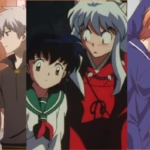


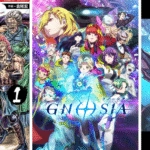



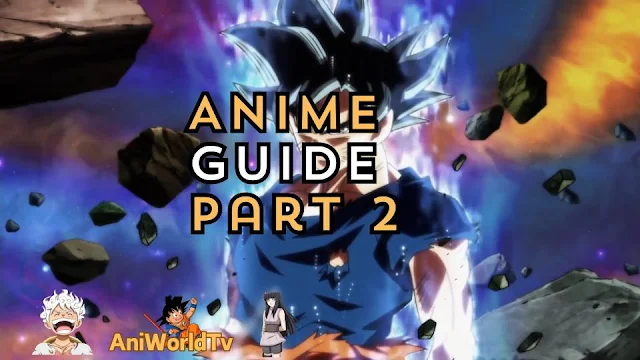
.jpg)
